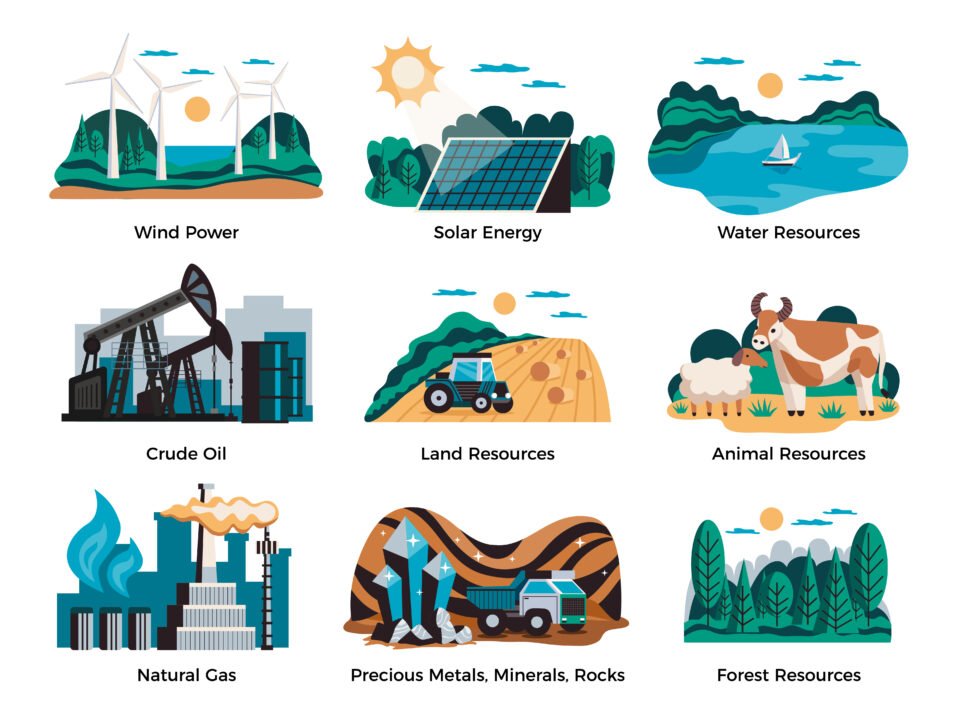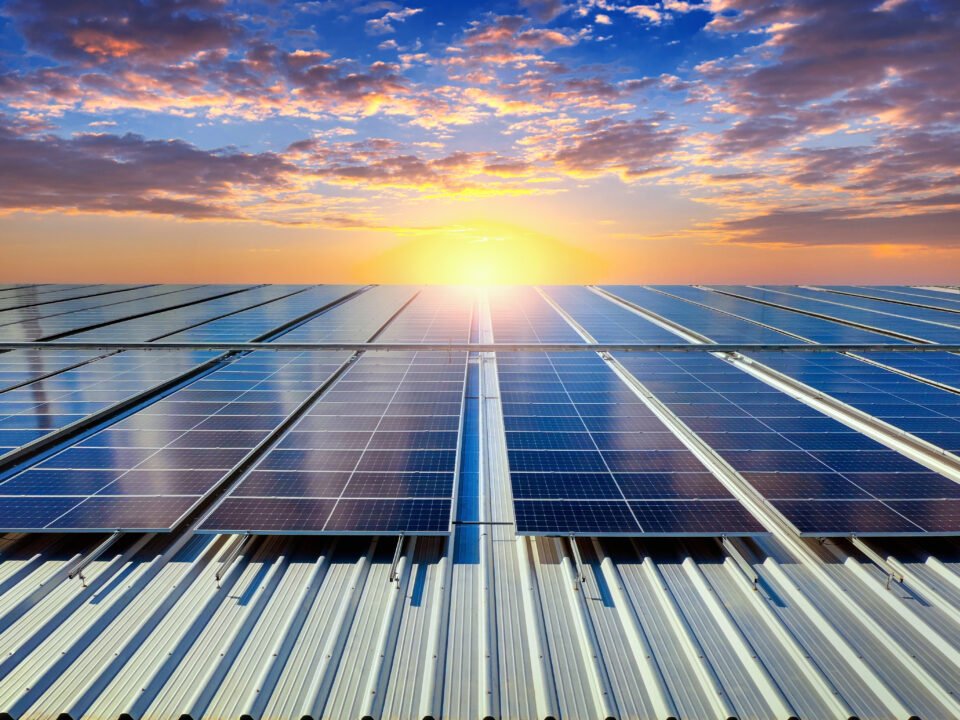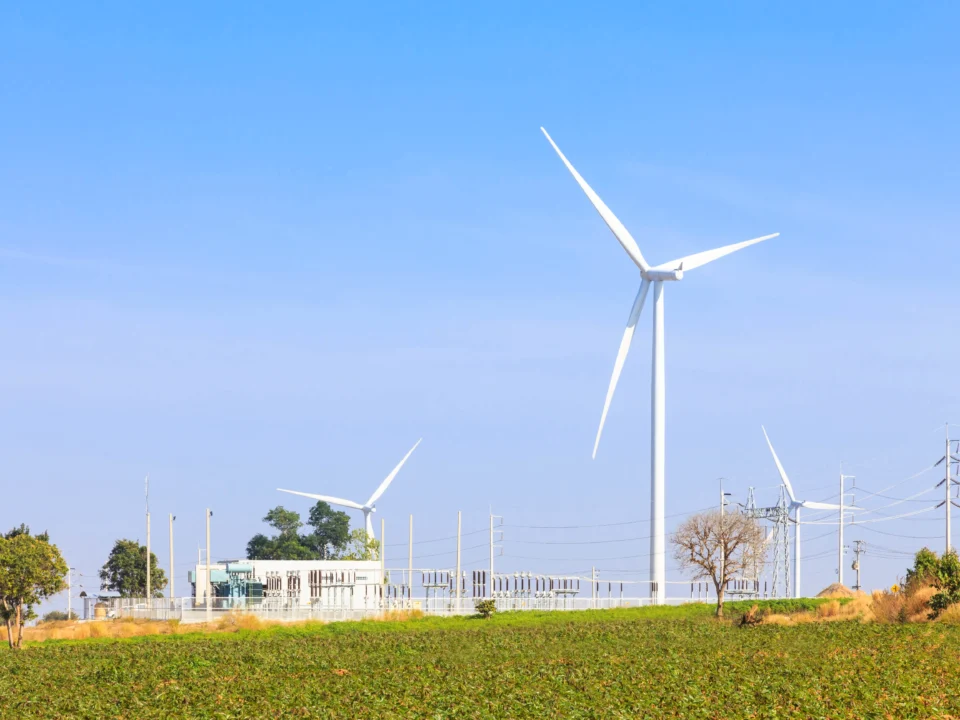As the world grapples with the urgent need to combat climate change, the shift towards renewable energy sources like solar photovoltaic (PV) and wind energy has become increasingly critical. These technologies offer numerous environmental benefits that make them indispensable in the transition to a sustainable energy future. Let’s delve into the key environmental advantages of solar PV and wind energy.
Reducing Greenhouse Gas Emissions
One of the most significant environmental benefits of solar PV and wind energy is their ability to reduce greenhouse gas emissions. Unlike fossil fuels, which release large amounts of carbon dioxide and other greenhouse gases when burned, solar and wind energy generate electricity without emitting these harmful pollutants. This reduction in emissions helps to mitigate the effects of climate change, such as rising global temperatures, extreme weather events, and sea level rise. According to the International Energy Agency (IEA), renewable energy sources like solar and wind could help to reduce global carbon dioxide emissions by over 3 billion tonnes annually by 2030.
Decreasing Air Pollution
In addition to reducing greenhouse gas emissions, solar PV and wind energy also help to decrease air pollution. Traditional power plants that burn coal, oil, or natural gas release various air pollutants, including sulfur dioxide, nitrogen oxides, and particulate matter, which can have detrimental effects on human health and the environment. These pollutants contribute to respiratory illnesses, cardiovascular diseases, and premature deaths. By contrast, solar and wind energy generate electricity without releasing any air pollutants, leading to cleaner air and improved public health outcomes.
Conserving Water Resources
Water is a precious resource, and its conservation is another critical environmental benefit of solar PV and wind energy. Conventional power plants, especially those that rely on fossil fuels or nuclear energy, consume vast amounts of water for cooling purposes. This water usage can strain local water supplies, particularly in arid regions or during periods of drought. Solar PV systems require little to no water for operation, and wind turbines use negligible amounts of water compared to traditional power plants. By reducing water consumption, solar and wind energy help to preserve water resources and ensure their availability for other essential uses, such as agriculture and drinking water.
Minimizing Land Degradation
Utility-scale solar PV and wind energy projects often have a smaller land footprint compared to other forms of energy generation, particularly when considering the full life cycle impacts. Solar panels can be installed on rooftops or integrated into existing infrastructure, minimizing the need for additional land. Wind turbines, while requiring space for their installation, allow for multiple land uses. For instance, agricultural activities and grazing can continue underneath the turbines, maintaining the productivity of the land. Furthermore, abandoned or degraded lands can be repurposed for renewable energy projects, helping to restore these areas and reduce land degradation.
Supporting Biodiversity
The deployment of solar PV and wind energy can support biodiversity and ecosystems in several ways. Solar farms can be designed with biodiversity in mind, incorporating features such as pollinator-friendly plants, bird nesting sites, and wildlife corridors. Wind farms, when carefully sited, can avoid sensitive habitats and minimize impacts on wildlife. Additionally, the reduction in air and water pollution associated with renewable energy contributes to healthier ecosystems, benefiting a wide range of plant and animal species.
Reducing Waste and Enhancing Resource Efficiency
Solar PV and wind energy technologies have long operational lifespans and generate electricity without producing waste products. Unlike fossil fuel power plants, which produce large amounts of ash, sludge, and other waste materials, solar panels and wind turbines operate cleanly. Moreover, the materials used in solar panels and wind turbines, such as metals and glass, can be recycled at the end of their lifecycle, enhancing resource efficiency and reducing the need for new raw materials.
Conclusion
The environmental benefits of solar PV and wind energy are substantial and multifaceted. By reducing greenhouse gas emissions, decreasing air pollution, conserving water resources, minimizing land degradation, supporting biodiversity, and reducing waste, these renewable energy technologies offer a compelling pathway to a cleaner, healthier, and more sustainable future. As we continue to invest in and deploy solar and wind energy, we move closer to achieving our global environmental and climate goals, ensuring a better world for future generations.




